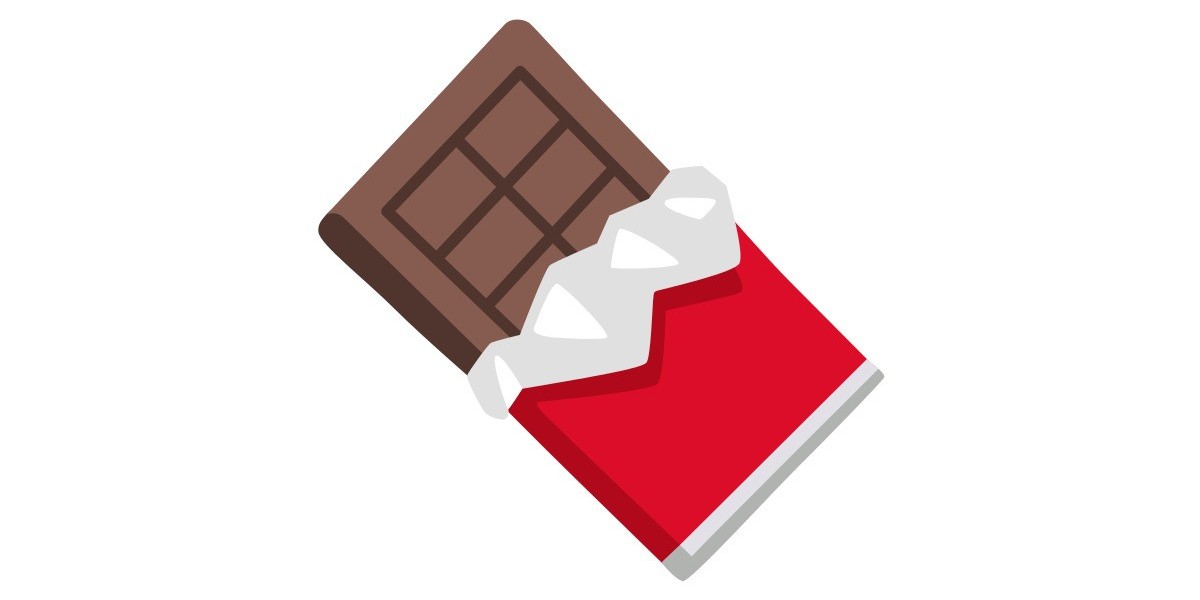Introduction
When it comes to comfort food, no treat has captured hearts across generations quite like the chocolate bar. Whether enjoyed as a quick snack, a gift for a loved one, or a reward after a long day, chocolate bars hold a special place in everyday life. Their popularity is not only due to their rich taste but also their versatility, cultural significance, and the joy they bring to people of all ages.
The History and Evolution of the Chocolate Bar
The journey of the chocolate bar begins centuries ago in Central and South America, where cacao beans were first cultivated. The Mayans and Aztecs used cacao to prepare bitter drinks, often flavored with spices and consumed during rituals. Chocolate was considered a luxury, reserved for nobility and warriors.It wasn’t until the 16th century that cacao was introduced to Europe. There, sugar was added, transforming it into the sweet delicacy we know today. In the 19th century, innovation in food production led to the creation of the first solid chocolate bars. Brands like Fry’s, Cadbury, and Lindt were among the pioneers that shaped the global chocolate industry. Since then, the chocolate bar has evolved into countless varieties, ranging from classic milk chocolate to gourmet artisan creations filled with nuts, caramel, fruits, and exotic flavors.
Varieties of Chocolate Bars Around the Globe
The beauty of the chocolate bar lies in its diversity. Every region of the world has put its own spin on this iconic sweet treat. Some of the most common types include:
Milk Chocolate Bars – Creamy, smooth, and universally loved, milk chocolate is made by blending cocoa solids with milk and sugar.
Dark Chocolate Bars – Known for their intense flavor and health benefits, dark chocolate bars are rich in antioxidants and often contain higher cocoa content.
White Chocolate Bars – Made from cocoa butter, sugar, and milk, white chocolate has a buttery texture and a sweet, vanilla-like taste.
Nut and Fruit-Filled Bars – Almonds, hazelnuts, raisins, and dried berries are popular additions, giving chocolate bars a crunchy or chewy twist.
Specialty and Gourmet Bars – From sea salt caramel to chili-infused chocolate, gourmet bars cater to adventurous taste buds.
Interestingly, Japan has gained global fame for its uniquely flavored chocolate bars, including green tea matcha and sake varieties. Meanwhile, in Switzerland and Belgium, chocolate bars are often crafted with premium quality cocoa and artisanal techniques, reflecting centuries of tradition.
For more visit to chocolate
The Role of Chocolate Bars in Culture and Lifestyle
Beyond taste, the chocolate bar plays an important role in culture and everyday life. For many, it symbolizes joy, love, and comfort. Giving someone a chocolate bar as a gift is a simple yet thoughtful gesture that transcends cultural boundaries. Valentine’s Day, birthdays, and celebrations often feature chocolates as tokens of affection.In modern lifestyles, chocolate bars are also linked to convenience. Their compact size makes them the perfect snack for travel, office breaks, or quick energy boosts. Athletes often rely on protein-enriched chocolate bars for post-workout recovery, while students grab them for late-night study sessions.Chocolate bars are also deeply embedded in pop culture. They appear in advertisements, movies, and literature as symbols of happiness and indulgence. Iconic brands have become household names, creating nostalgic connections that last a lifetime.
Health, Sustainability, and the Future of Chocolate Bars
While the chocolate bar is undoubtedly delicious, its health aspects and environmental impact have become topics of discussion. Dark chocolate, when consumed in moderation, has been linked to heart health, improved mood, and antioxidant benefits. However, overconsumption of sugary milk chocolates can contribute to health concerns like obesity or diabetes.Another major issue is sustainability. The cocoa industry faces challenges related to fair trade, child labor, and environmental impact. Many leading chocolate brands are now shifting toward ethically sourced cocoa, ensuring farmers receive fair wages while promoting eco-friendly farming practices. Consumers, too, are becoming more conscious and choosing chocolate bars with certifications like Fair Trade or Rainforest Alliance.Looking ahead, the future of chocolate bars seems both innovative and responsible. Companies are experimenting with plant-based alternatives, sugar-free options, and unique flavors that appeal to health-conscious and adventurous consumers alike. The demand for premium and ethically made chocolate continues to rise, proving that this timeless treat will keep evolving with the times.
Conclusion
The chocolate bar is much more than just a sweet snack—it is a symbol of joy, history, culture, and innovation. From its ancient origins to its modern-day varieties, chocolate bars have stood the test of time, adapting to changing tastes and lifestyles. Whether you prefer a simple milk chocolate bar, a rich dark delight, or an exotic gourmet creation, one thing is certain: this beloved treat will always remain a favorite worldwide.for related articles visit here







